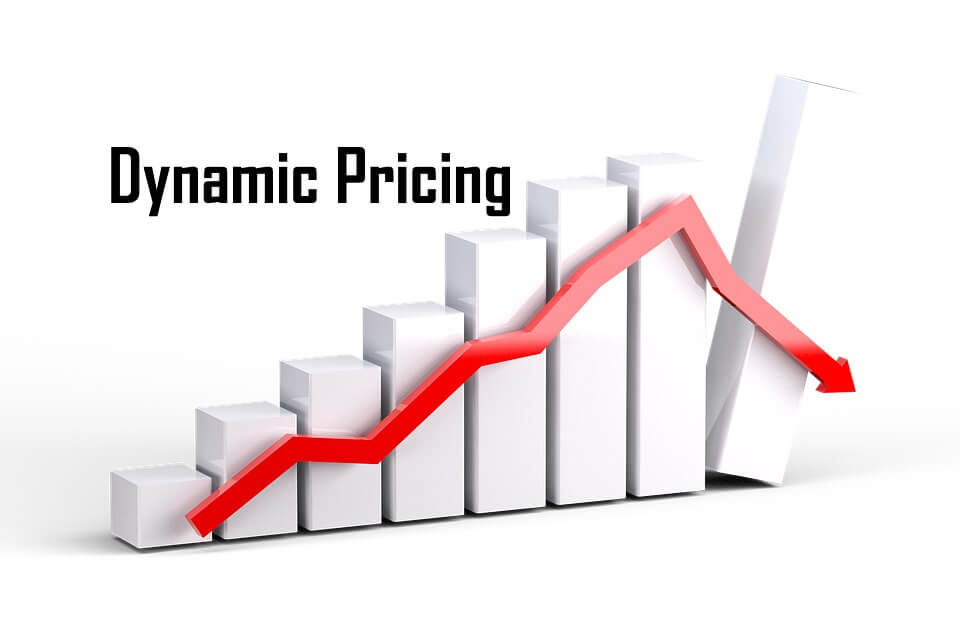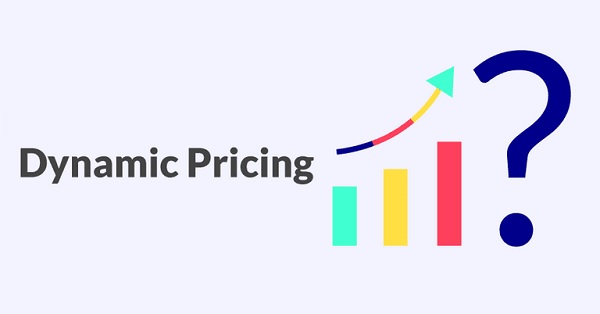Dynamic pricing, also called real-time pricing or demand-based pricing, is a pricing strategy where prices are constantly updated based on market conditions. Businesses that use dynamic pricing can charge different prices for the same product or service at different times, depending on factors like supply and demand. While dynamic pricing might seem complicated, it’s actually quite simple. In this article, we’ll explain how dynamic pricing works and give you some examples and strategies to try out.
What is Dynamic Pricing?
Dynamic pricing is a pricing strategy that allows businesses to adjust prices based on demand. By using data and analytics, businesses can constantly monitor customer demand in real-time and adjust prices accordingly. This helps businesses maximize revenue and profit while still providing a fair price to customers.
There are several different models of dynamic pricing, but the most common is called “surge pricing.” Surge pricing is when businesses increase prices during periods of high demand in order to maximize profits. For example, Uber uses surge pricing during times when there are more people requesting rides than there are drivers available. This ensures that drivers are able to make a good profit while still providing service to as many people as possible.
Dynamic pricing can be used in a variety of industries, but it is most commonly used by companies that sell digital goods or services, such as airlines, hotel chains, and ride-sharing services. By using dynamic pricing, these companies are able to better match supply and demand, which helps them run their businesses more efficiently.
How Does Dynamic Pricing Work?
Dynamic pricing, also called real-time pricing or demand-based pricing, is a pricing strategy where prices are constantly changing based on the current demand for a product or service. This means that prices can go up or down at any time, depending on how popular the product or service is at that moment.
Dynamic pricing is common in industries where there is a lot of competition and where prices can fluctuate rapidly. For example, airlines and hotels often use dynamic pricing to fill empty seats or rooms during slow periods, and then raise prices when demand is high. Ride-sharing apps like Uber and Lyft also use dynamic pricing, so fares can change based on the time of day, traffic conditions, and other factors.
Dynamic pricing can be a great way to maximize profits and revenues, but it can also be confusing and frustrating for customers if they’re not aware of how it works. That’s why it’s important to be transparent about your pricing strategy and make sure customers understand that prices may change at any time.
What are Some Examples of Dynamic Pricing?
There are a number of different examples of dynamic pricing in action. Here are some common examples:
- Airline tickets are often priced using dynamic pricing, with prices varying based on demand.
- Hotels also frequently use dynamic pricing, with rates changing based on the time of year and the occupancy rate.
- Another common example is event tickets, which can be priced dynamically based on demand and other factors.
- Dynamic pricing is also used in many online businesses, such as e-commerce sites and ride-sharing services.
What are Some Dynamic Pricing Strategies?
There are a few different dynamic pricing strategies that businesses can use. Some of the most common include:

- Charging different prices based on customer demand.
This is perhaps the most common type of dynamic pricing strategy. Businesses will charge higher prices when demand is high, and lower prices when demand is low. This helps them to maximize revenue and profitability.
- Offering discounts and incentives at certain times.
Another common strategy is to offer discounts and incentives at certain times in order to stimulate demand. For example, businesses may offer sales or discounts during slow periods in order to attract customers.
- Adjusting prices based on competitor activity.
Many businesses also adjust their prices based on what their competitors are doing. This helps to ensure that they remain competitive and attractive to potential customers.
- Using dynamic pricing algorithms.
Some businesses also use dynamic pricing algorithms, which take into account a variety of factors in order to set prices. These algorithms can be complex, but they can help businesses to optimize their pricing strategies for maximum profitability.
What are Some Dynamic Pricing Models?
There are four main types of dynamic pricing models:
- Volume-based pricing: This type of pricing model is based on the volume of goods or services that a customer purchases. For example, a company may offer a discount to customers who purchase more than 10 products per month.
- Time-based pricing: This type of pricing model is based on the time of day, week, or month that a customer purchases goods or services. For example, a company may charge higher prices for goods or services purchased during peak hours or days.
- Location-based pricing: This type of pricing model is based on the location of the customer. For example, a company may charge higher prices for goods or services purchased in areas with a high cost of living.
- Customized pricing: This type of pricing model takes into account the specific needs of the customer. For example, a company may offer a discount to customers who use certain features on their website more often.
Conclusion
Dynamic pricing is a pricing strategy that can be used in a variety of ways to benefit businesses and consumers alike. When used correctly, dynamic pricing can help businesses optimize their sales and profits, while also providing consumers with the best possible prices for goods and services. If you’re thinking of implementing dynamic pricing in your business, be sure to do your research and understand the various strategies and models that are available. With a little effort, dynamic pricing can be a great way to improve your bottom line.

